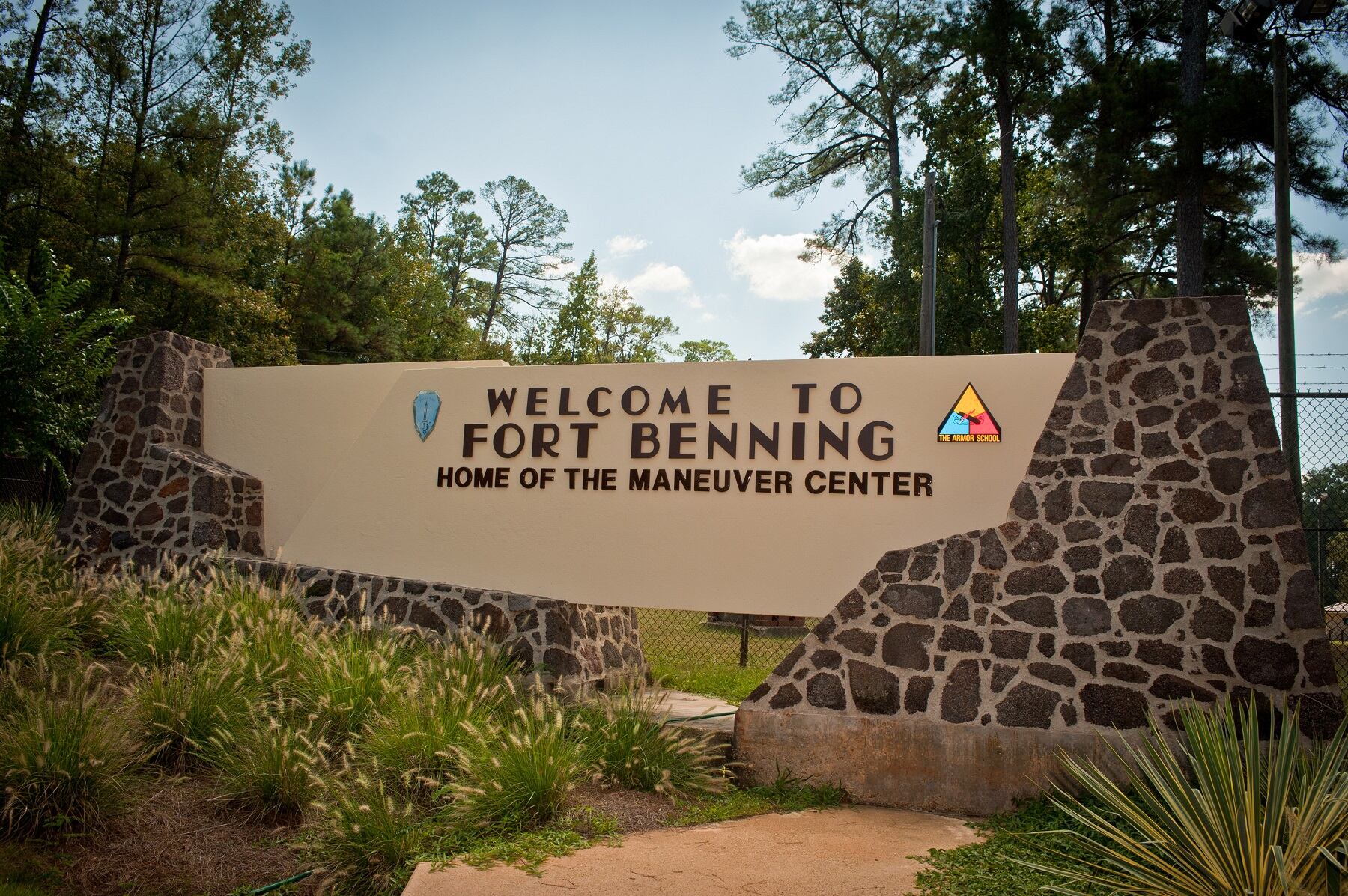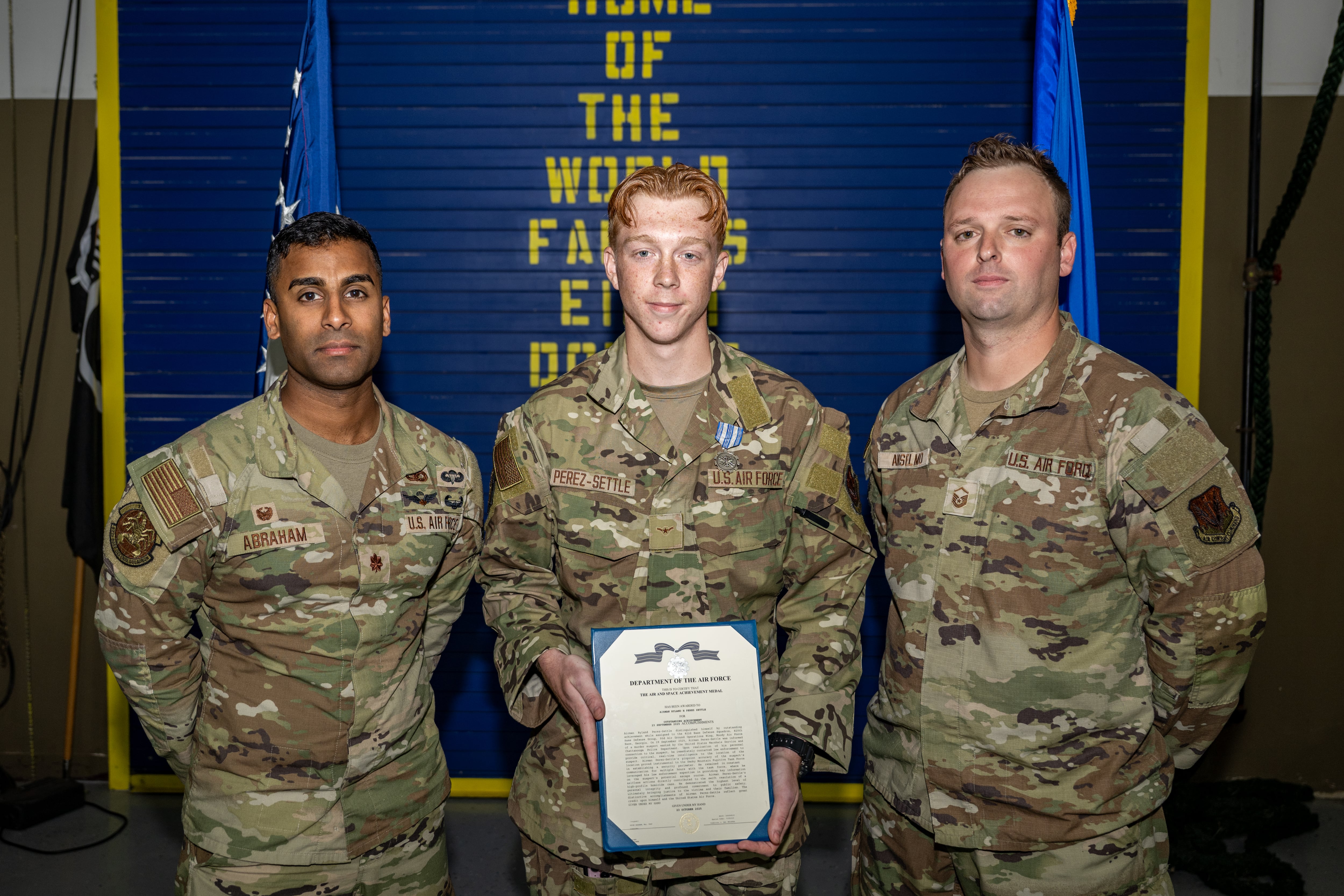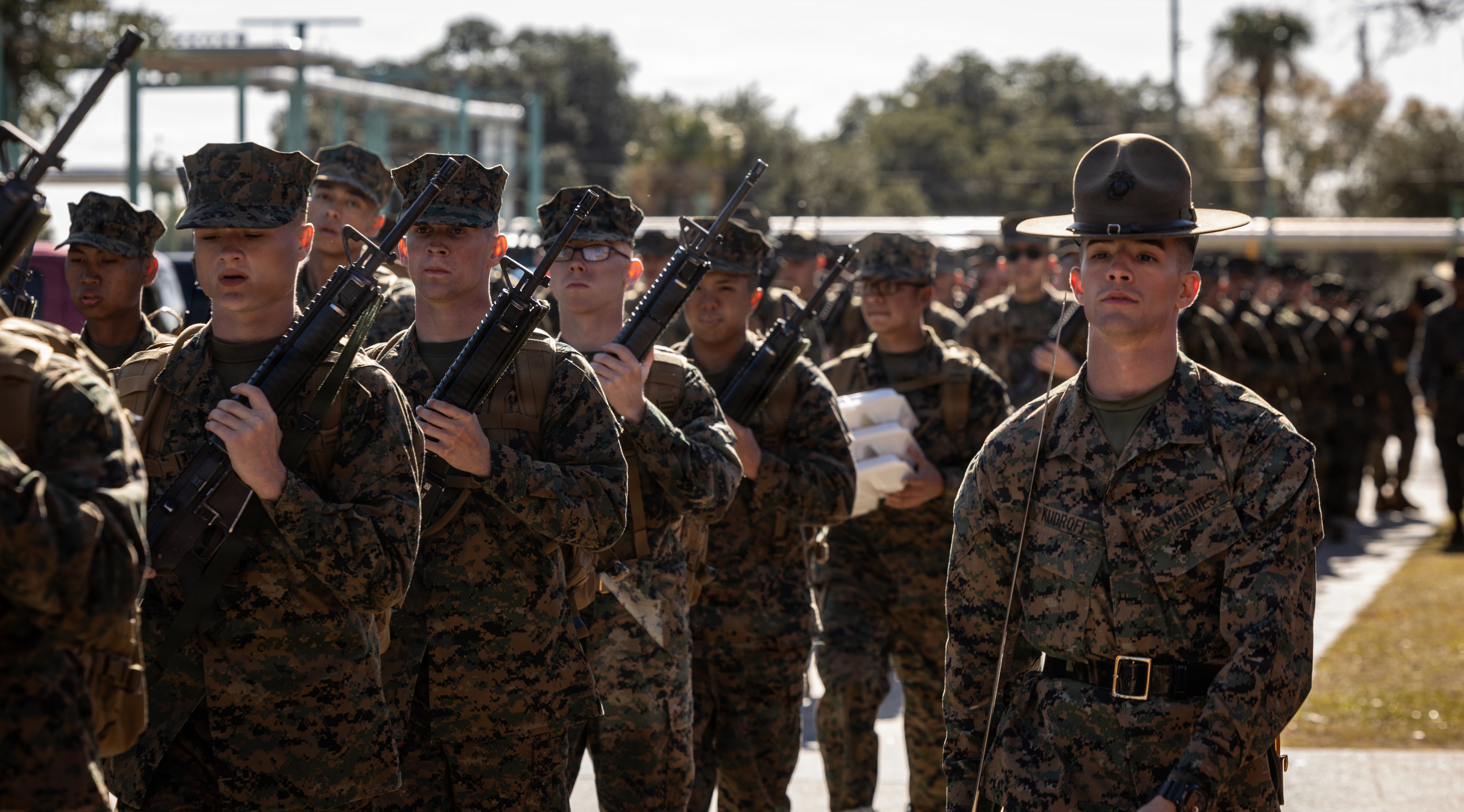As protests erupted across the country this summer in the response to the deaths of Black Americans at the hands of police, the Defense Department and military services stood up their own diversity and inclusion efforts to take a hard look at racial tension in the ranks.
And like it does every few years, attention quickly turned to the Army’s 10 installations named for Confederate officers, and how honoring those who fought to preserve chattel slavery fit in with their new message.
As it turns out, the Army had taken up an in-house study on the naming of those posts three years earlier, which it released this month, as it prepared to respond to a Task & Purpose Freedom of Information Act request for the research.
According to the Army Center for Military History, it released the study “as a service to the Army and the public.”
“In 2017, the fact that a number of U.S. Army posts were named for individuals who had fought against the United States and the U.S. Army during the American Civil War became a matter of public interest,” according to the study, after lawmakers the Army to change the name of Lee Barracks at the United States Military Academy, named for the Confederate Gen. Robert E. Lee, a West Point alumnus.
Senior Army and DoD officials have all said this year that they were open to renaming the posts, including Army Secretary Ryan McCarthy, current Defense Secretary (and former Army secretary) Mark Esper and Chairman of the Joint Chiefs of Staff Gen. Mark Milley ― all of whom have served or are serving as Army officers.
It’s been said that the 10 posts, including the military’s largest and most populated ― Fort Hood, Texas, and Fort Bragg, North Carolina ― were named as they opened in the run-up to the U.S.'s deployment of troops during World War I.
And, in the interest of making Southerners ― who had lingering tension with the “Union” and a certain alienation from its armed forces after the Reconstruction ― feel more comfortable as their sons were conscripted to fight overseas, the Army named some of these new posts in Georgia, South Carolina, Virginia and Texas after Confederate officers.
That was essentially the Army’s official line in 2015, when the service affirmed once again that it would not change the names of its posts.
“Every Army installation is named for a soldier who holds a place in our military history,” then-Brig. Gen. Malcolm Frost, at the time the service’s chief of public affairs, told USA Today. “Accordingly, these historic names represent individuals, not causes or ideologies. It should be noted that the naming occurred in the spirit of reconciliation, not division.”
Critics, however, have questioned how those men’s legacies could be divorced from their support of slavery and racism ― or at the very least, treason.
One of those has included Milley himself, who fielded a question about the names in testimony before the House Armed Services Committee in July, where he was summoned to discuss the military’s role in controlling the aforementioned protests.
"I personally think that the original decisions to name those bases after Confederate generals … those were political decisions …100 years ago,” he told lawmakers. “And they’re gong to be political decisions today.”
In addition to voicing his support for a possible change, Milley suggested an Army commission to study whether and how it should be done.
"The American Civil War was fought — and it was an act of rebellion, it was an act of treason at the time — against the union, against the stars and stripes, against the U.S. Constitution,” Milley said. “And those officers turned their back on their oath.”
Not to mention, he added, the names have the potential to alienate the soldiers who serve on them. He recalled the situation of a Black staff sergeant who once worked with him at Fort Bragg as an example.
"He said he had to work every day on a base that represented a guy that enslaved his grandparents,” Milley said.
Congress tried to take a stab at a change, including a mandate to re-name the posts in an early version of the House’s 2021 National Defense Authorization Act, but President Donald Trump immediately threatened to veto the bill if the provision stayed.
"President Trump has been clear in his opposition to politically motivated attempts like this to rewrite history and to displace the enduring legacy of the American Revolution with a new left-wing cultural revolution,” the White House said at the time, though the names specifically refer to Civil War officers.
Army historians found that in 1917, the then-War Department enacted an installation-naming policy that laid out three criteria: 1) They be named after someone from the area; 2) That they should be “not unpopular in the vicinity of camp”; and 3) They should be named for either Northern or Confederate commanders.
“The topic has continued to be of significant public attention,” according to the study, carried out by staff of the Army Center of Military History. “Some discussion of the origins of the names, however, has been less than accurate.”
RELATED

Both John Bell Hood and Braxton Bragg were initially rejected as namesakes, as was Camp Forrest, named for Nathan Bedford Forrest, a Confederate general from Tennessee and the first Grand Wizard of the Ku Klux Klan.
Bragg and Hood eventually became camps for training, then permanent installations in 1922 and 1942, respectively.
When the active Army took over a Tennessee National Guard post during World War II, Forrest’s name came up again.
“Despite the notorious reputation of Forrest, a prewar slave trader and then a founder of the Ku Klux Klan after the Civil War, the Historical Section and the G–3 accepted this recommendation,” according to the study.
Camp Forrest, stood up in 1940, closed in 1946.
Today, the posts still active from that time period include Hood, Bragg, Fort Benning, Georgia, Fort Gordon, Georgia, Fort Lee, Virginia, Fort A.P. Hill, Virginia, Fort Polk, Louisiana, Fort Rucker, Alabama, Virginia Guard post Fort Pickett and the Louisiana Guard’s Camp Beauregard.
The study also lays out the names of southern Army posts opened during the same time period by not named for Confederates, including Fort Stewart, Georgia, Fort Leonard Wood, Missouri, and Fort Jackson, South Carolina, the Army’s main basic training hub.
Though it was drafted during his time as the Army chief of staff, Milley has not yet seen the report, his spokesman, Army Col. Dave Butler, told Military Times on Wednesday, but he “looks forward to reading it.”
A spokeswoman for the Army did not immediately respond to a request for comment.
Meghann Myers is the Pentagon bureau chief at Military Times. She covers operations, policy, personnel, leadership and other issues affecting service members.





